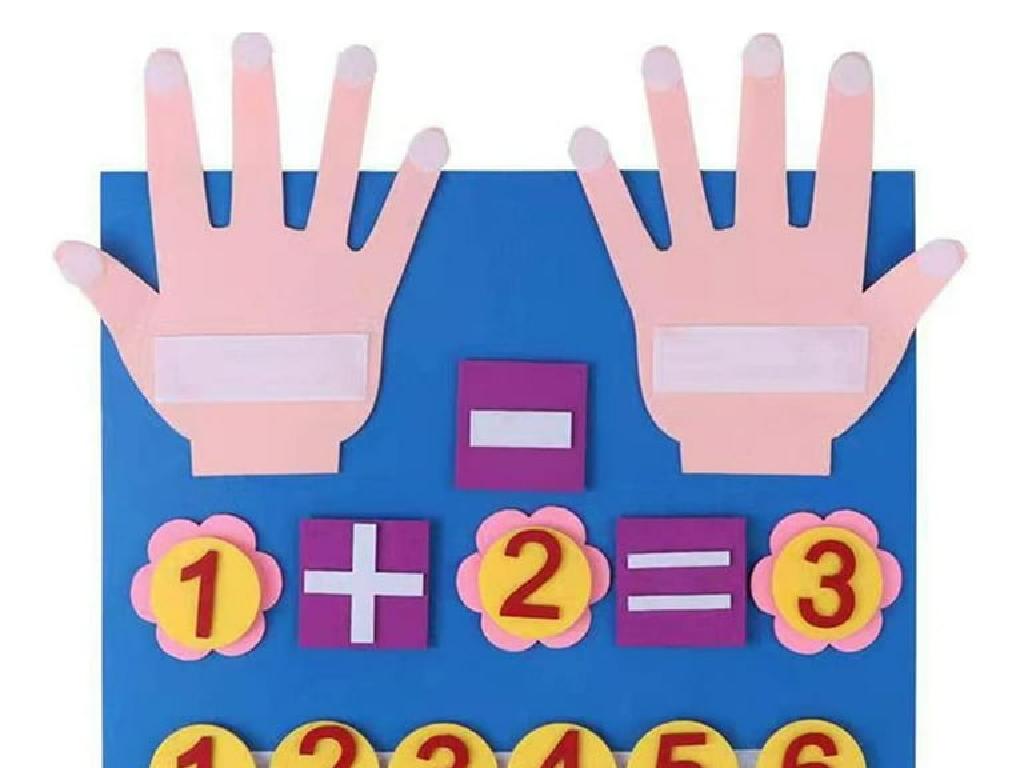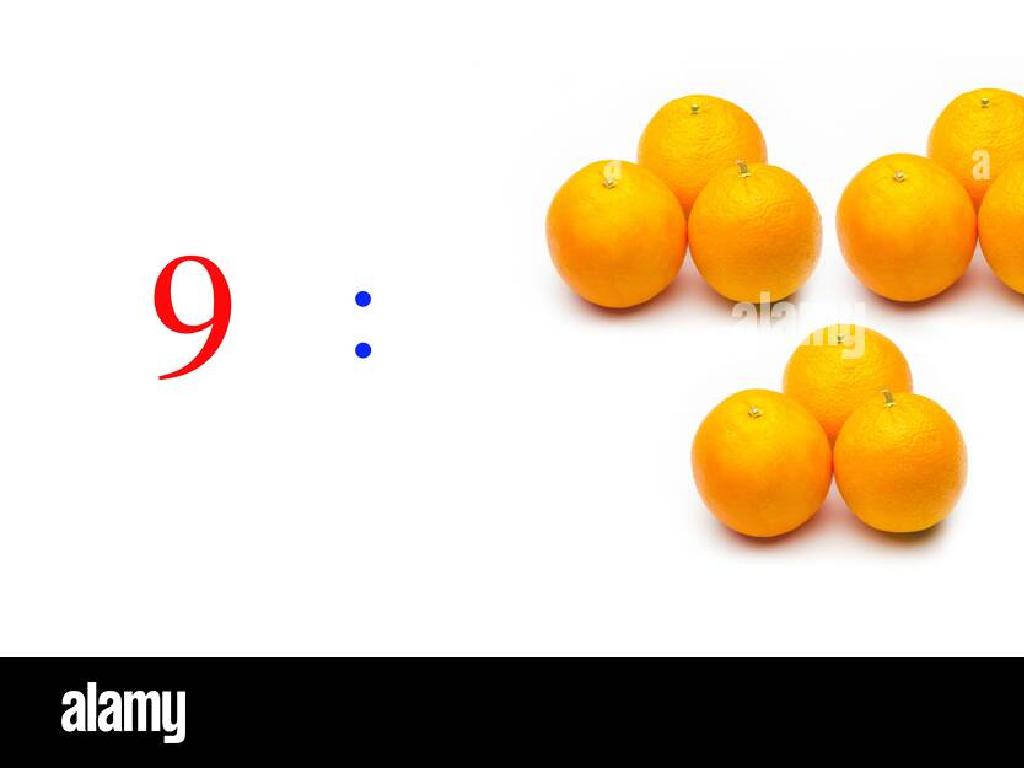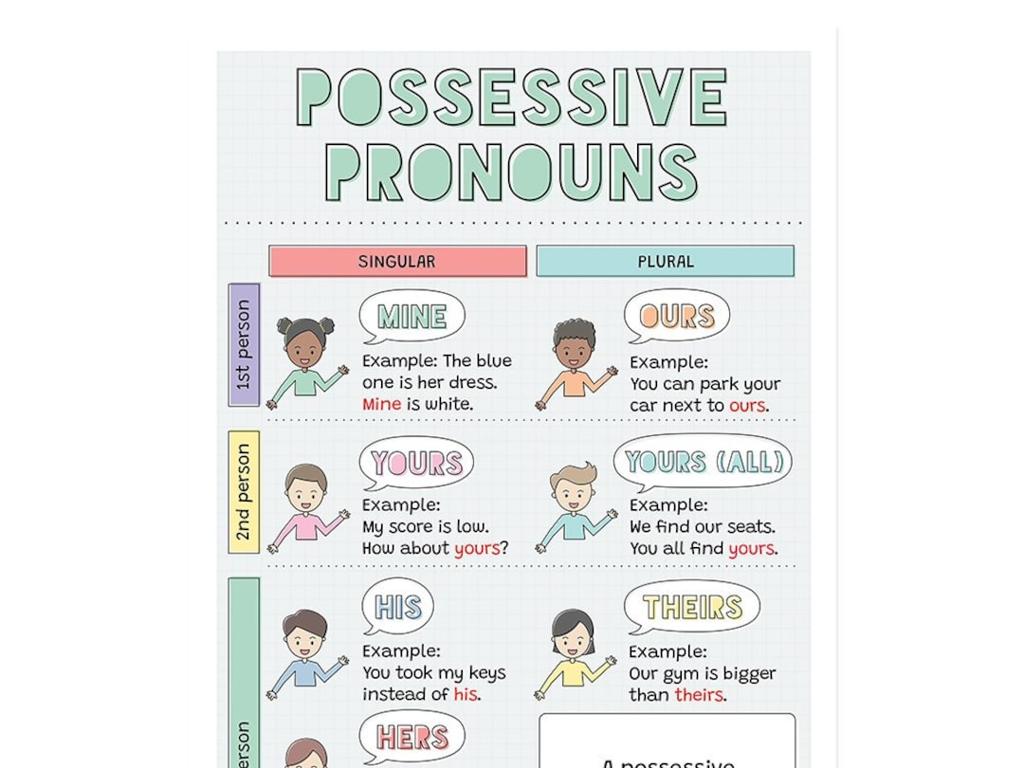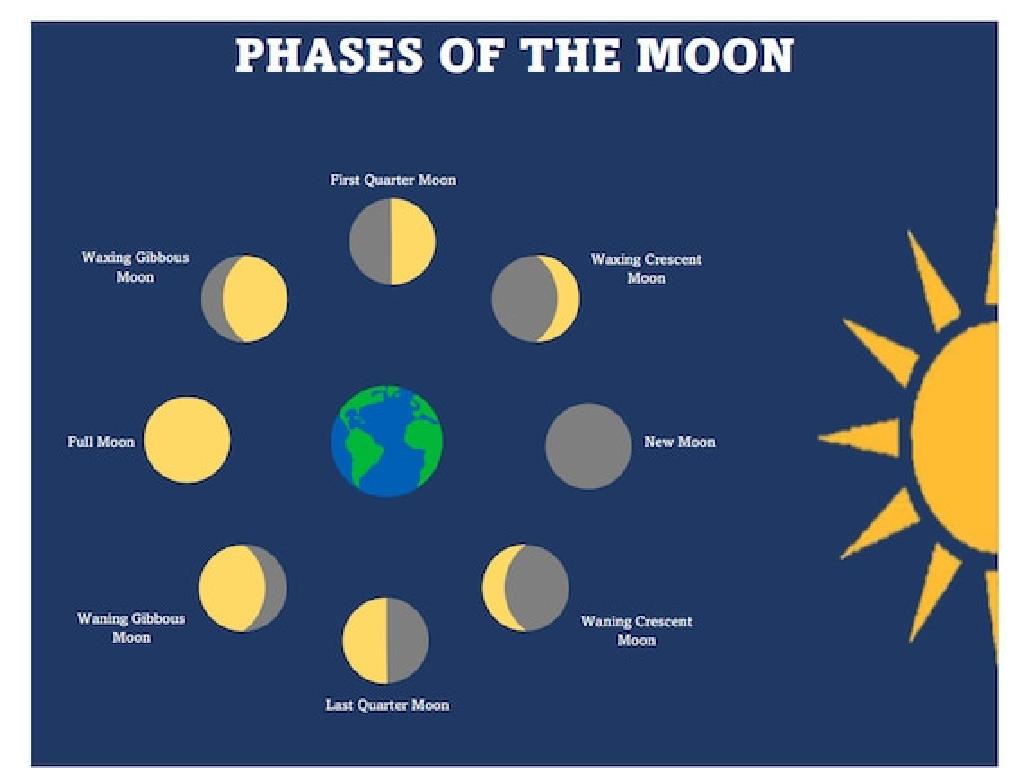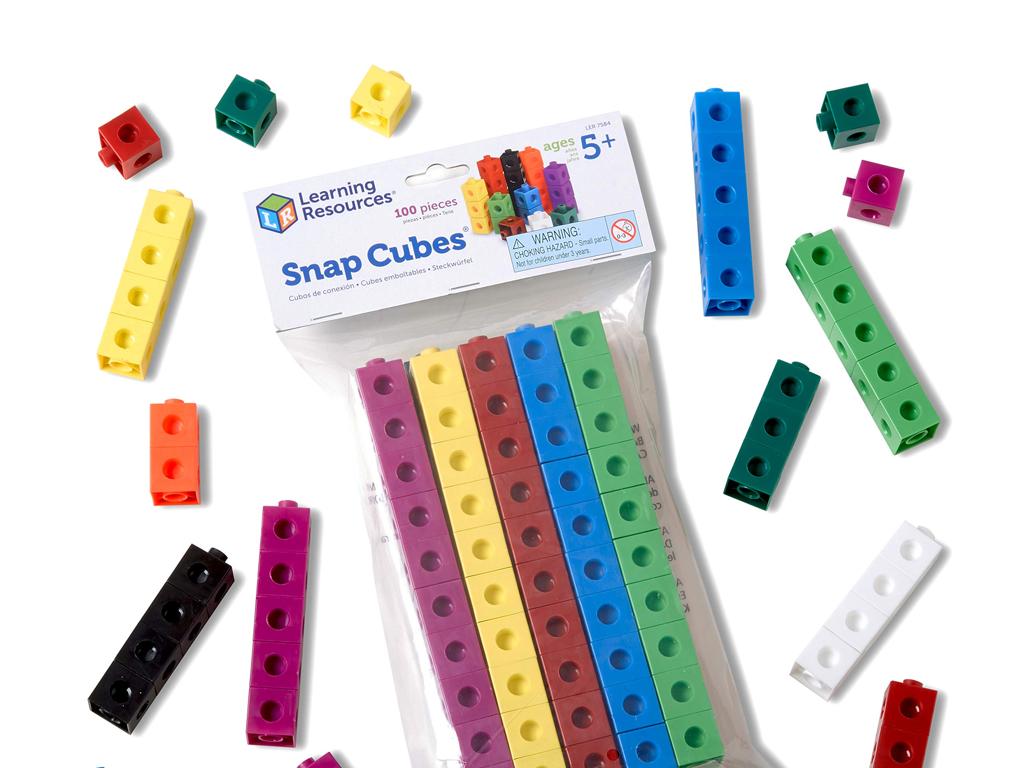Presidential Elections
Subject: Social studies
Grade: Fifth grade
Topic: Government
Please LOG IN to download the presentation. Access is available to registered users only.
View More Content
Introduction to Presidential Elections
– Role of the President
– The President leads the country and makes important decisions.
– What are Presidential Elections?
– A process where citizens vote to choose the President.
– Significance of Elections
– Elections ensure citizens’ voices are heard in choosing their leader.
– Impact on the country
|
This slide introduces the concept of Presidential Elections to fifth-grade students. Begin by discussing the President’s role and responsibilities, such as leading the country, signing laws, and representing the nation. Explain that Presidential Elections are the process by which the President is chosen, emphasizing the importance of voting as a fundamental right and responsibility in a democracy. Highlight why these elections are crucial for the country, as they determine who will make significant decisions affecting everyone’s lives. Engage students by asking what qualities they think a President should have and why it’s important for citizens to vote.
The Electoral Process: Electing a President
– Steps to elect a President
– Primary Elections and Caucuses
– Primaries and caucuses are where parties pick their candidates.
– General Election
– This is when all Americans vote for President.
– The Electoral College
– A group that actually elects the President, based on our votes.
|
This slide introduces the students to the electoral process in the United States. Begin by explaining the steps involved in electing a President, starting with the primary elections and caucuses, where political parties select their nominees. Then, discuss the general election, where citizens across the country cast their votes. Lastly, explain the Electoral College, a unique American system, which ultimately decides the winner of the presidential election. Emphasize that while citizens vote for a candidate, the Electoral College is the body that officially elects the President. Use examples like student council elections to illustrate the process in a relatable way. Encourage students to ask questions and think critically about why the U.S. uses the Electoral College instead of a direct popular vote.
Who Can Run for President?
– Qualifications for candidacy
– Must meet specific criteria to run
– Minimum age requirement
– Candidates must be at least 35 years old
– Citizenship criteria
– Must be a natural-born U.S. citizen
– Residency requirements
– Must have lived in the U.S. for 14 years
|
This slide introduces students to the basic qualifications required for someone to run for the office of President of the United States. Discuss the importance of each requirement and how they help ensure that candidates are experienced and committed to the country. Explain that the age requirement ensures maturity and life experience, while the citizenship and residency requirements ensure allegiance to the U.S. and an understanding of American life and values. Engage the class by asking if they know any past presidents and if they meet these qualifications. This will help them connect the information to real-life examples.
Political Parties and Nominations
– Define a political party
– A group with similar political goals and opinions
– Parties’ role in elections
– They support candidates, campaign, and outline policies
– Nomination of candidates
– Through primaries or caucuses, parties select their nominee
– Primary elections & caucuses
– Primaries are votes by party members, caucuses are local gatherings
|
This slide introduces students to the concept of political parties and their function in the democratic process of presidential elections. Begin by defining a political party as an organized group of people with at least roughly similar political aims and opinions, that seeks to influence public policy by getting its candidates elected to public office. Explain the role of political parties in supporting candidates, organizing campaigns, and helping voters identify which policies and ideologies they align with. Discuss how candidates are nominated through primary elections or caucuses, which are methods political parties use to select their single nominee for the presidential election. Primary elections are where registered party members vote for their preferred candidate, while caucuses are local gatherings where members discuss and vote on candidates. Encourage students to think about how these processes contribute to the democratic system.
Campaigning for President
– What is a campaign?
– Campaigning is when candidates share their ideas and try to win votes.
– How candidates connect with voters
– They use TV, social media, speeches, and meet people to spread their message.
– Debates and ads in campaigns
– Debates let candidates discuss ideas; ads help them reach a wider audience.
– Why campaigns matter
– Campaigns inform voters and influence their decisions on election day.
|
This slide introduces the concept of campaigning in presidential elections. Explain that campaigning is a process where candidates try to convince voters to support them. They do this by traveling, speaking, and using media to communicate their platforms. Emphasize the role of debates where candidates discuss their views on important issues and political ads that aim to persuade or inform the public. Highlight the significance of campaigns in shaping public opinion and ultimately determining the outcome of elections. Encourage students to think critically about the messages conveyed during campaigns and the various methods used to reach voters.
Voting in the Presidential Elections
– Who is eligible to vote?
– Citizens 18+ who meet state requirements can vote.
– Registering to vote
– Must sign up at local election office or online.
– Steps in the voting process
– Visit polling place, cast ballot, and submit.
– The importance of voting
|
This slide aims to educate fifth-grade students on the fundamental aspects of voting in presidential elections. Begin by discussing eligibility criteria, emphasizing the age and residency requirements. Explain the registration process, highlighting that it’s a necessary step before voting. Walk through the voting process, including finding a polling place, casting a ballot, and the role of election volunteers. Stress the importance of voting as a civic duty and a way to participate in democracy. Encourage students to ask their parents about their voting experiences to connect the lesson with real-life examples.
Election Day and Beyond
– What occurs on Election Day?
– Process of counting votes
– Votes are tallied from all states
– How a winner is declared
– Winner must have majority electoral votes
– The President’s Inauguration
– Official ceremony to begin presidency
|
This slide aims to explain the key events following Election Day. Begin by discussing the activities that take place on Election Day, such as people casting their ballots. Then, move on to the process of counting votes, which can take several hours to several days, and explain that the votes are collected from all the states. Clarify that in order to win, a candidate must receive the majority of electoral votes, not just the popular vote. Lastly, describe the Inauguration as the formal event where the President-elect takes the oath of office and officially becomes the President of the United States. This event symbolizes the peaceful transfer of power and is a cornerstone of our democratic system. Encourage students to ask questions and think about why each step in this process is important for ensuring a fair and democratic election.
The Importance of Voting
– Every vote contributes to the outcome
– Voting shapes our community
– Decisions made by elected officials affect local schools, parks, and services
– Voting impacts national policies
– Elected leaders make laws that affect the whole country, like environmental regulations
– Being an informed voter is key
– Learn about candidates and issues to make a wise choice
|
This slide aims to educate fifth-grade students on the significance of voting in a democratic society. Emphasize that each vote counts towards the final result of an election, highlighting the power of individual choice. Discuss how voting influences local community aspects such as schools and public services, and how it also shapes national policies and laws. Stress the importance of being an informed voter by researching and understanding the positions of candidates and the implications of ballot issues. Encourage students to talk to their family members about voting and to participate in classroom mock elections to experience the voting process.
Class Activity: Mock Election Experience
– Engage in a mock election
– Learn by doing: the voting process
– Simulate a real voting experience in class
– Reflect on the election experience
– Think about how you felt during the mock election
– Discuss insights on presidential elections
– Share what you’ve understood about elections
|
This class activity is designed to give students a practical understanding of the presidential election process. Set up a mock election in the classroom, complete with ballots and a ballot box, to simulate the real voting experience. Students will choose a candidate (these can be fictional or historical figures) and cast their votes. After the election, lead a discussion where students can reflect on their experience and share what they’ve learned about the election process. This activity will help students grasp the importance of voting and the mechanics of elections. Possible variations of the activity could include role-playing different parts of the election process, such as campaigning, debating, or counting votes.

